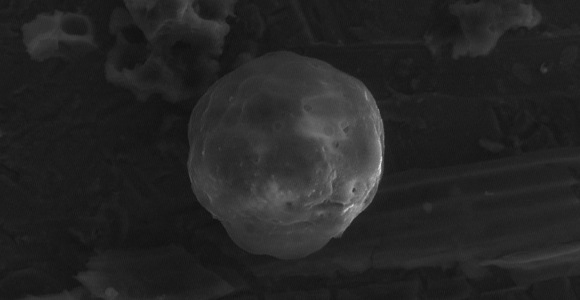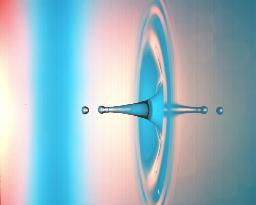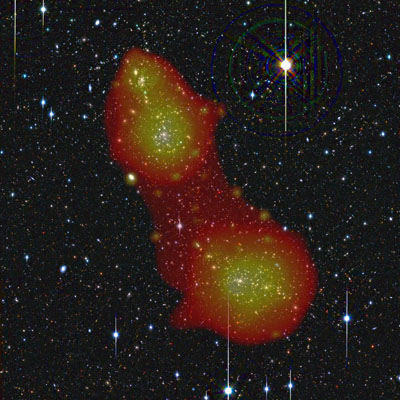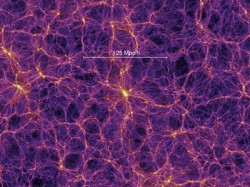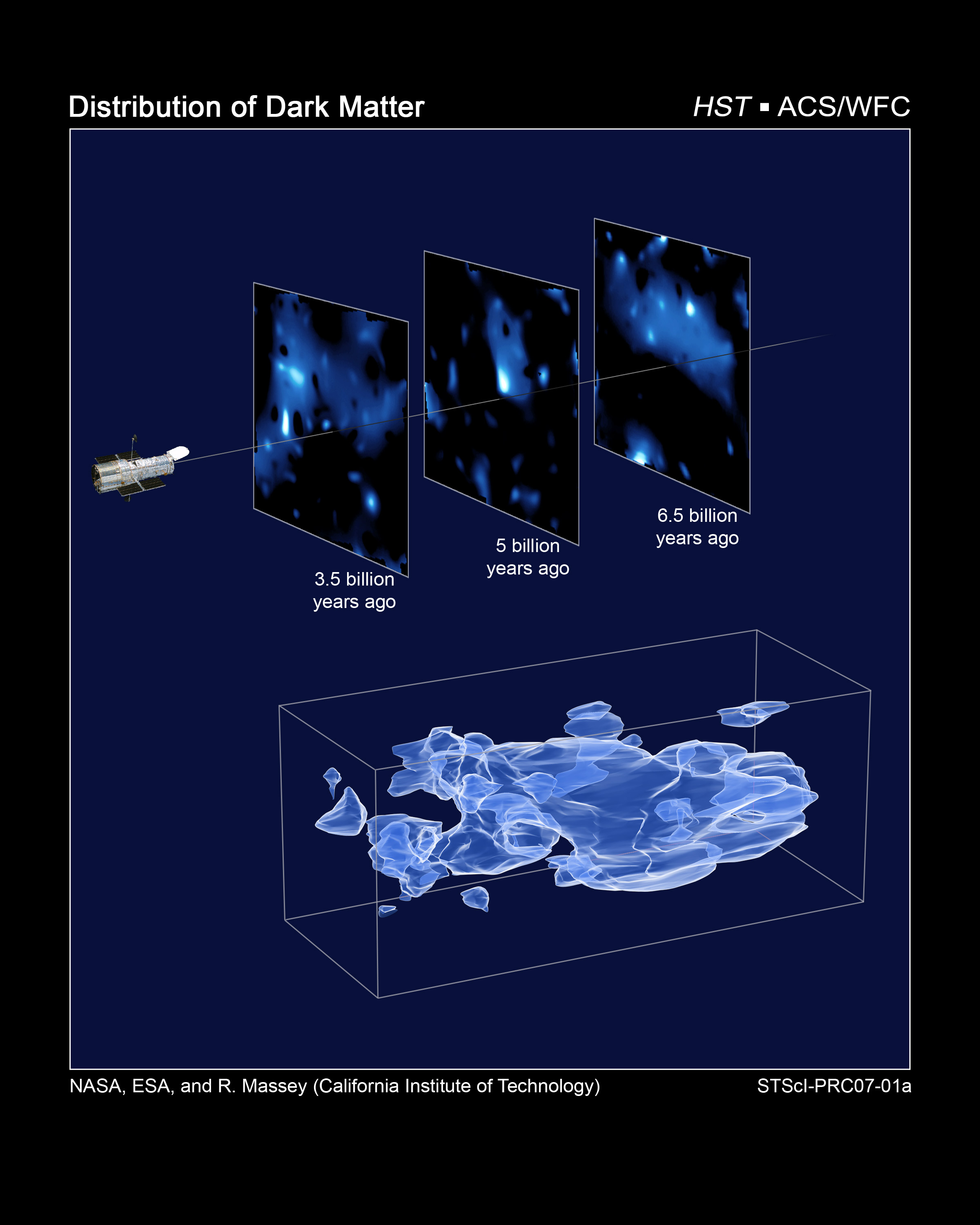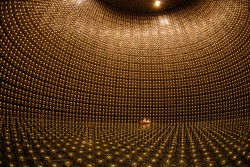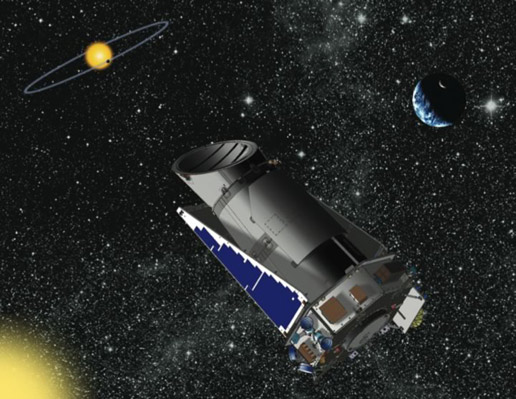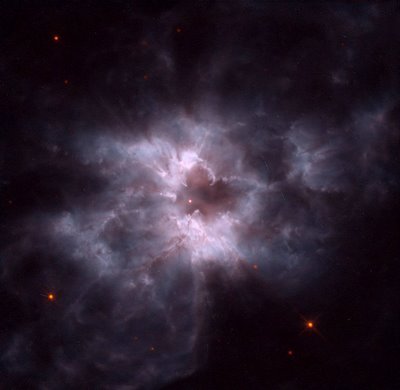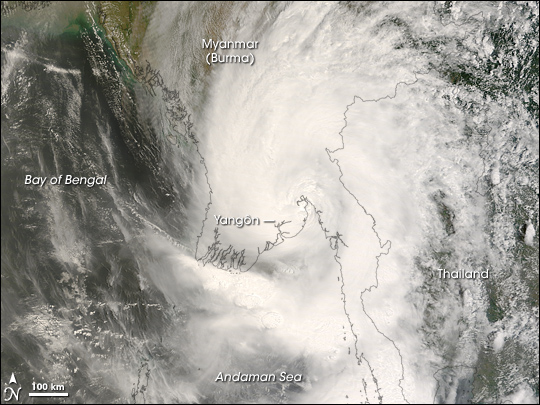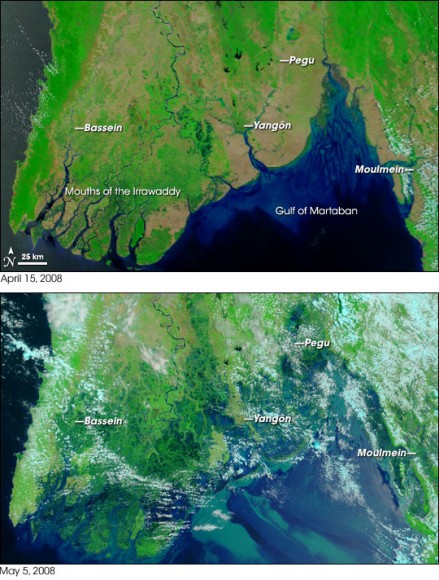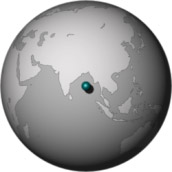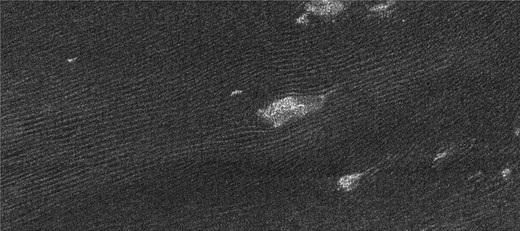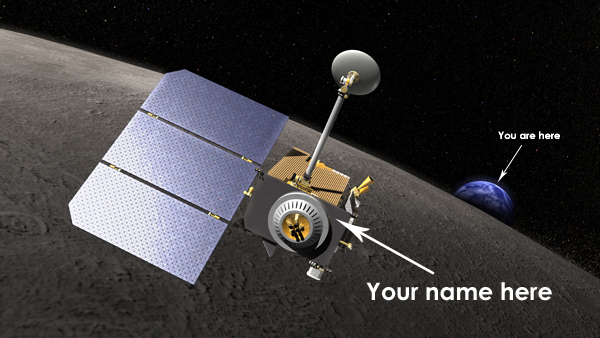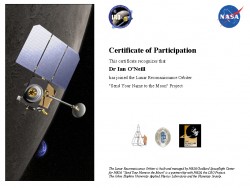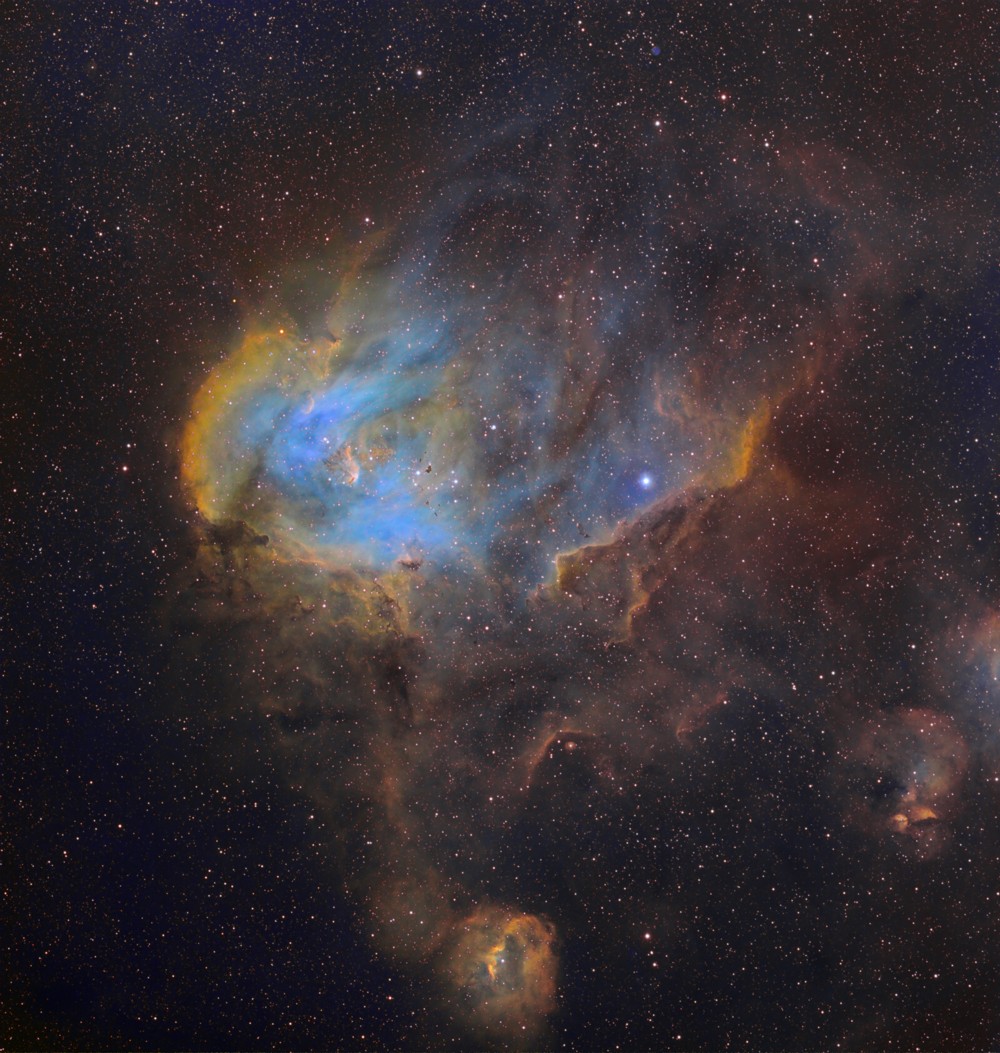When a large enough asteroid strikes the Earth, the devastation effects the entire globe. And the dinosaur-killing asteroid that smashed into the Yucatan peninsula 65 million years ago was no exception. According to researchers, just one outcome from the strike: carbon in the Earth’s crust was liquified and formed tiny beads that rained back down across the entire planet.
These beads are known to geologists as carbon cenospheres, and they’re produced during the burning of coal and crude oil. They’re a classic indicator of industrial activity. But 65 million years ago, there were no power plants, so scientists proposed that asteroid impact-driven forest fires could get hot enough to make them too.
As the asteroid struck, huge chunks of molten rock fell back to Earth, igniting forest fires across the planet. It’s here that scientists find evidence of charcoal from the fires, but not the cenospheres.
New evidence, reported in this month’s edition of the journal Geology, shows that natural fires can’t make the microscopic spheres.
Instead, the international team of researchers propose that they had to have been formed from an asteroid strike. A key additional piece of evidence is that the carbon cenospheres are deposited right next to a think layer of the element iridium.
It was this layer of iridium that helped to give scientists the evidence they needed to point to asteroids as the cause of the dinosaur extinction 65 million years ago. Since iridium is much more likely to be formed in the Solar System asteroids than in the Earth’s crust, a concentrated layer of the stuff had to come from off planet.
And the cenospheres have been discovered around the planet next to the iridium layer, in Canada, Spain, Denmark and New Zealand. The key discovery is that the cenospheres get smaller as you move away from the impact site. This matches the prediction that the heavier particles would rain back down to Earth closer to the impact, while the lightest particles would be carried across the entire planet.
The researchers were able to calculate the total amount of carbon injected into the atmosphere from an asteroid impact, and put the number at 900 trillion tonnes. This helps scientists get a better estimate of the impact size and damage.
Original Source: Indiana University

